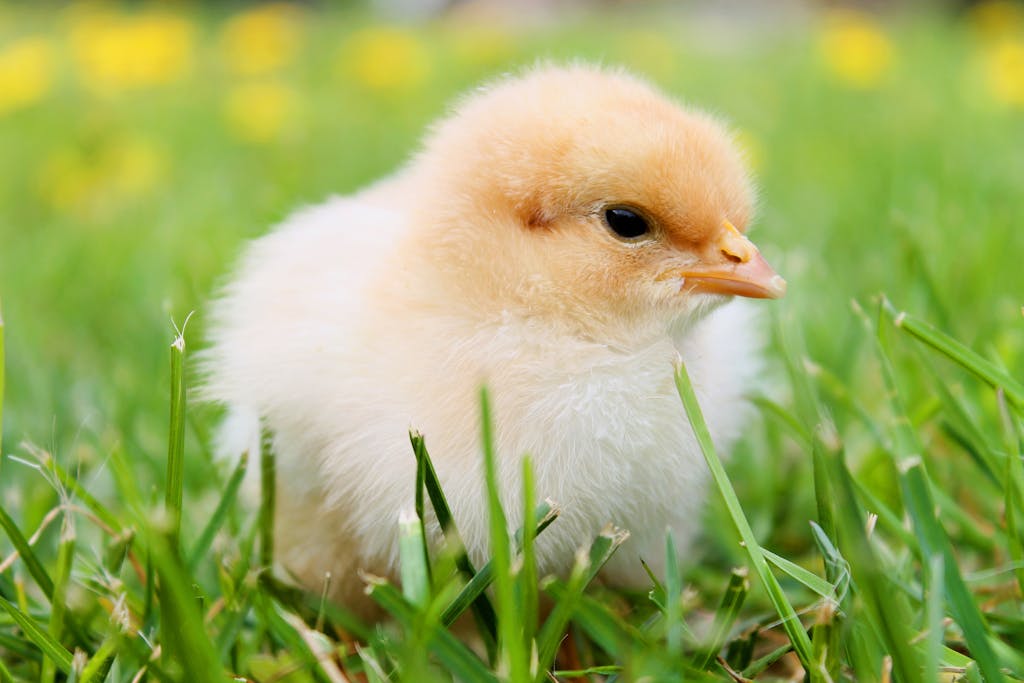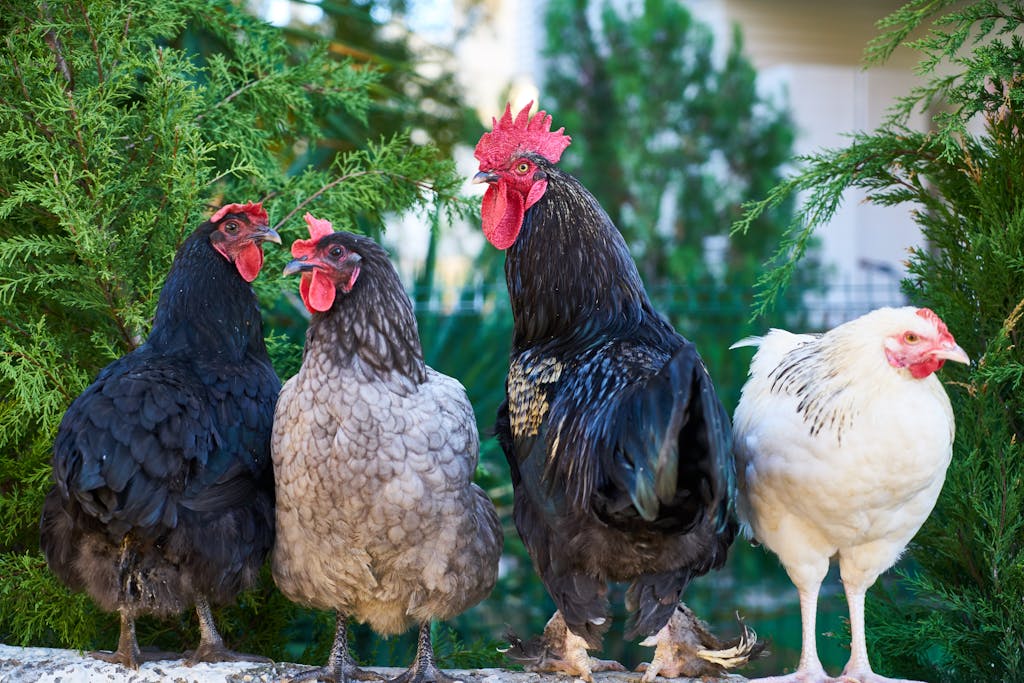
Heritage Chicken Breeds for a Self-Sufficient Farm
Heritage chicken breeds were the right choice when we started our self-sufficient farm journey because they are naturally hardy, long-lived, and well-suited for sustainable farming. This is a great option to consider if you are busy family or you are working on other projects.
Unlike commercial hybrid breeds, heritage chickens possess strong natural instincts, including the ability to forage, brood their own chicks, and adapt to changing environmental conditions. They tend to have excellent disease resistance, making them more resilient in free-range environments where exposure to pests and fluctuating weather is common.
Additionally, these breeds are dual-purpose, meaning they provide both meat and eggs, making them ideal for homesteaders who need reliable production from their flock. Heritage chickens often lay fewer eggs than industrial breeds but compensate by laying longer over their lifetime. Popular heritage breeds like Rhode Island Reds, Sussex, and Plymouth Rocks are known for their ability to thrive in small-scale, self-sufficient farm settings. Choosing heritage breeds ensures genetic diversity, sustainability, and a flock that contributes to the long-term success of a homestead.

1. Orpington
Large, dual-purpose birds with a sweet temperament. Great for meat and eggs, laying around 200-280 per year. Their fluffy feathers also make them cold-hardy.
2. Delaware
Fast-growing meat birds that also lay about 200 large eggs per year. They are hardy and have a calm disposition, making them ideal for small farms.
3. Plymouth Rock (Barred Rock)
A dual-purpose breed known for both meat and egg production. They’re docile, great for families, and lay around 200-280 eggs per year.
4. Sussex
Excellent foragers that are friendly and productive. They lay up to 250 eggs annually and provide great meat quality as well.
5. Australorp
Holds the world record for egg production! These birds are gentle, easy to manage, and can lay up to 300 eggs per year.
6. Rhode Island Red
Large, dual-purpose birds with a sweet temperament. Great for meat and eggs, laying around 200-280 per year. Their fluffy feathers also make them cold-hardy.
7. Buckeye
One of the few American breeds developed by a woman. They are great foragers, extremely cold-hardy, and provide both meat and eggs (150-200 per year).
8. New Hampshire Red
Similar to Rhode Island Reds but grow faster, making them an excellent dual-purpose bird. They lay around 200 eggs per year and have good meat quality.
Whatever type of heritage chicken breeds you want to add to your homestead the more sustainable you can be.
Happy Hatching!
Linnea
